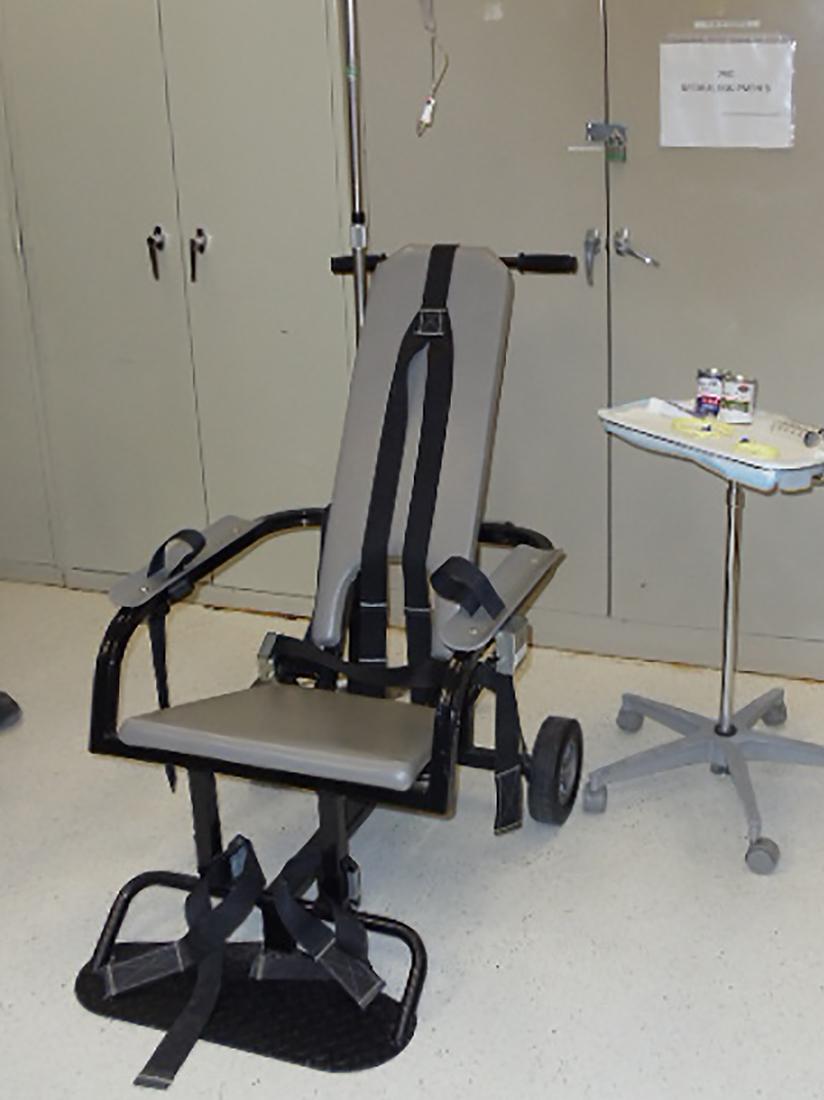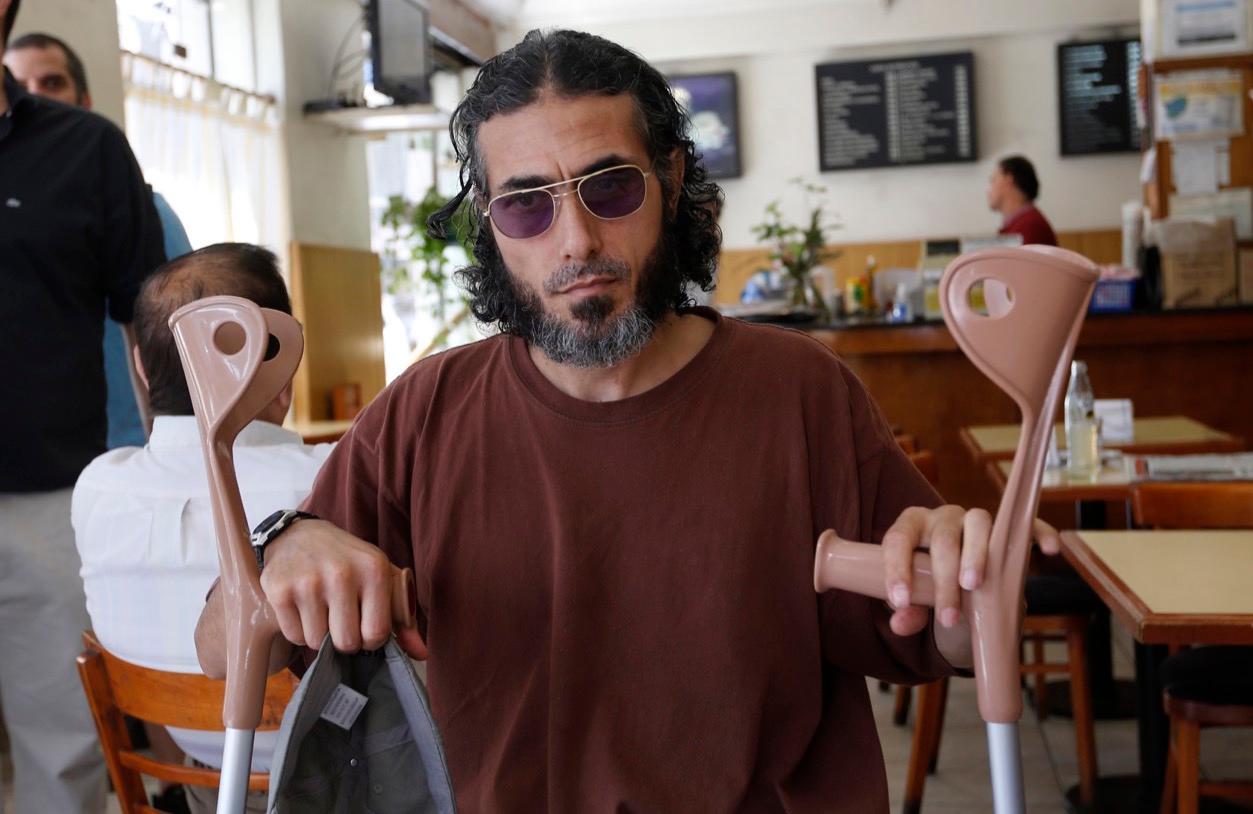The truth about the former Gitmo prisoner ‘missing’ from Uruguay
Former Guantánamo Bay prisoner Abu Wa’el Dhiab in Buenos Aires on Feb. 13, 2015. He is one of six former inmates the US released to Uruguay in December 2014.
Something terrible has been overlooked during a recent uproar in the House of Representatives over the whereabouts of former Guantánamo Bay detainee Abu Wa’el Dhiab.
Dhiab, who was released to Uruguay in December 2014, has not been seen in public since this year’s June 5 commencement of the Muslim holy month of Ramadan.
The long-term hunger-striker at Guantánamo had been force-fed hundreds of times before his release. A lawsuit by Dhiab, challenging the brutal conditions under which hunger-striking Guantánamo detainees were force-fed, ended in midstream upon his release to Uruguay — but not before a federal district judge ordered the Obama administration to release secret videotapes of Dhiab’s force-feedings to 16 news media organizations that have sued to make the videotapes public.
Later this year, the Court of Appeals for the District of Columbia Circuit will hear oral arguments on a government appeal resisting public release.
I was one of the attorneys who represented Dhiab in federal court. I discovered the videotapes’ existence only by unrelenting persistence in the face of government stonewalling, and I viewed them by virtue of court order under strict government supervision. I can attest that they are terrible to see. They are Abu Ghraib redux. More than that I am forbidden to say, because the videotapes remain classified, held under lock and key in a top-secret facility during the pendency of the government’s appeal.

Until Dhiab and a handful of other detainees went to court, Guantánamo hunger strikers were subjected to force-feeding in excessive quantities at excessive speeds, amounting to a form of water torture, their limbs, waist and head bound in a specially designed restraint chair, using excessively large nasogastric feeding tubes that frequently drew blood and were lubricated in a manner that can cause a rare form of pneumonia. The government has since ceased some of those practices, but others continue.
During a congressional hearing on July 7, House Republicans bemoaned the mystery of Dhiab’s current whereabouts and speculated that he might be in Venezuela on his way to Syria, or even headed to Rio de Janeiro to terrorize the Olympic Games. Rep. Dana Rohrabacher of California charged that "people who hate our country" are "claiming that there was some kind of a major criminal mistreatment of prisoners in Guantánamo," when "by and large we know that the prisoners at Guantánamo have been treated extraordinarily well," although "there may have been one or two instances where somebody lost their temper."
I couldn’t restrain my disgust.
Plainly Rohrabacher hasn’t seen the Dhiab force-feeding videotapes or the page upon page of Department of Defense regulations — some leaked to the public, others still secret — that made the abuses heaped on Dhiab and other hunger strikers official government policy, not just the occasional overreach of an angry guard’s temper tantrum.
On June 5, a few hours before the start of Ramadan, I spoke with Dhiab by telephone about the pending effort by the news media organizations to secure public release of the force-feeding videotapes. He continued to maintain a burning desire for their public release.
"I want these tapes to be made public," he told me, "so that the world can see a small part of the many forms of torture that occurred at Guantánamo Bay."
During the telephone call, Dhiab also told me that he would be unreachable by telephone, email, or Skype during the entire month of Ramadan and for a week thereafter. He did not tell me why, but friends of his report that he has been on a religious retreat in northern Uruguay. He also told me that he is looking forward to an imminent visit to Uruguay by his wife and children, whom he has not seen for 14 years. And we made plans to speak with each other again in mid-July. I have no idea where he is right now, but these would not seem to be the actions of someone who was planning to flee Uruguay and spark an international manhunt.
Rohrabacher’s histrionics notwithstanding, I dearly love my country, and I despair at how two successive presidential administrations have forsaken basic human decency at Guantánamo Bay. As we wait for Abu Wa’el Dhiab to make his whereabouts known, I continue to hope that the DC Circuit Court of Appeals will order the public release of the videotapes of Dhiab’s force-feedings, so that the American people can see what I have seen — and judge for themselves.
Jon B. Eisenberg is a California lawyer who specializes in civil appeals. He represented six hunger-striking Guantánamo Bay detainees in a legal challenge to their force-feeding.
Read more: Uruguay has ‘no idea’ where this former Guantánamo detainee is
